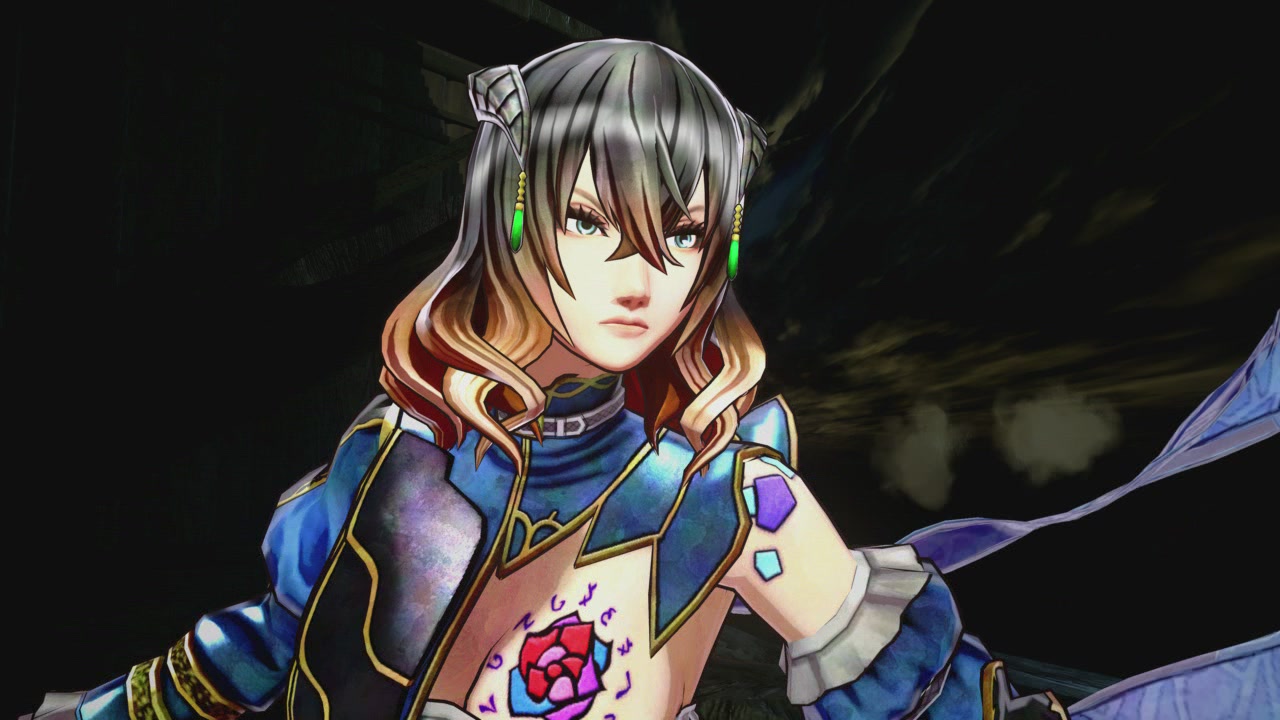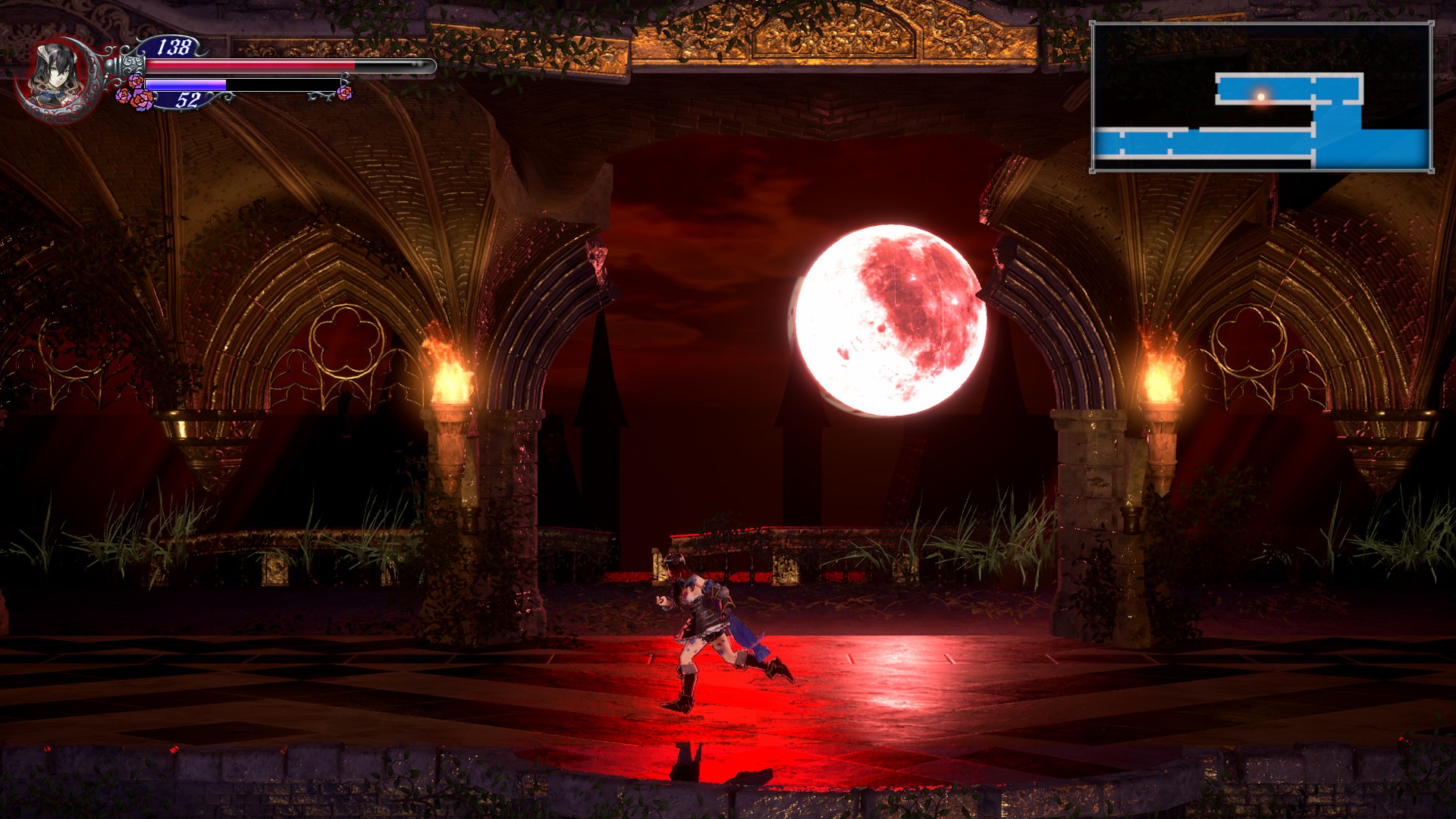Koji Igarashi talks Bloodstained's graphical overhaul and how development compared to Castlevania
With Bloodstained's finish line finally approaching, we asked Igarashi to reflect on how things have gone.

"Looks like poop, I better love this game" isn't the usual kind of fan comment to make it into a videogame trailer. But those words were prominently featured in the release trailer for Bloodstained: Ritual of the Night in May, followed by director Koji Igarashi of Castlevania fame draining his wine glass and barking "I will prove them wrong!"
That trailer showcased months of work from the Bloodstained team, attempting to address negative feedback on the art style. When I met Igarashi at Japanese indie festival Bitsummit, I asked him about how the developers dealt with those negative comments, and how their changes have been received.
"It was obviously pretty disappointing to see those sorts of comments, but that was what made me make the big decision to go okay, we need to do some research and make this better. And it turned out pretty well," said Igarashi, speaking through an interpreter.
Igarashi said that the development team didn't believe Bloodstained's graphics were bad—just the opposite, in fact. But when the fan reaction turned out to be largely negative, they decided to change the graphics engine. They reworked the lighting engine to show more detail, especially in the backgrounds. Once that was done, they decided they needed to add more assets to each scene and "make the backgrounds look even cooler."
The new look has been well-received—in the US.
"There was a big difference in how the Japanese fans reacted and US fans reacted," Igarashi said. "A decent number of people in Japan actually said they liked the old version better. It's really interesting, because a lot of people in the west thought that the backgrounds and stuff looked better, but there were people in Japan looking closely at the characters and saying in the old version, the characters and the background matched a lot more stylistically. We changed a couple other things to try to keep those fans happy and tried to meet their expectations."
Igarashi told me that even with only a few days to go on development, the team is still adding small touches here and there. He also shared a few thoughts on how working on Bloostained has differed from his experience at Konami leading the Castlevania series.
The biggest gaming news, reviews and hardware deals
Keep up to date with the most important stories and the best deals, as picked by the PC Gamer team.

"At a bigger company we had everything broken up into different teams, and we had certain software we were used to working with," he said. "But now we use middleware, and we weren't used to it at all, so there was a lot of getting used to the program and trying to figure out things." The use of 3D graphics on a 2D plane was also apparently the source of "a lot of different problems."
"When you're working at a big company everyone has a similar experience in terms of the techniques and things they know how to use," Igarashi said. "When you're making an indie team and you have people with all these varied experiences, it takes a lot of care to make sure they all mesh well together and can all do the same thing."
With Bloodstained nearly finished, I asked if for his next game he plans to stick with the "Igavania" genre, or do something new.
"Obviously, the style of Bloodstained is very similar to something else," he said. "I very much like that style. I do have other ideas, but the issue is, we're a very small company, so unless we find someone who says 'let's do this and make this game together!' we're not going to be able to do it."

Wes has been covering games and hardware for more than 10 years, first at tech sites like The Wirecutter and Tested before joining the PC Gamer team in 2014. Wes plays a little bit of everything, but he'll always jump at the chance to cover emulation and Japanese games.
When he's not obsessively optimizing and re-optimizing a tangle of conveyor belts in Satisfactory (it's really becoming a problem), he's probably playing a 20-year-old Final Fantasy or some opaque ASCII roguelike. With a focus on writing and editing features, he seeks out personal stories and in-depth histories from the corners of PC gaming and its niche communities. 50% pizza by volume (deep dish, to be specific).

